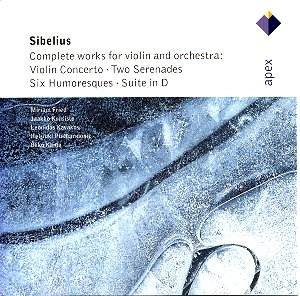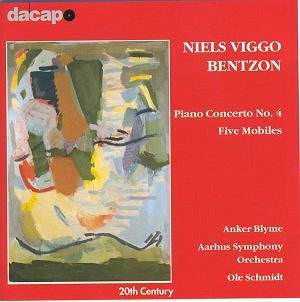 Composer: Geirr Tveitt
Composer: Geirr Tveitt
Works: Hundred Hardingtonar Op. 151 (A Hundred Hardanger Tunes), Suite 2 – Tunes 16-30 (Fifteen Mountain Songs), Suite 5 – Tunes 61-75 (Troll Tunes)
Performers: Royal Scottish National Orchestra conducted by Bjarte Engeset
Recording: January 2001, Henry Wood Hall, Glasgow
Label: NAXOS
Geirr Tveitt, a composer whose oeuvre was tragically diminished by the flames of a devastating fire in 1970, remains an intriguing figure in the landscape of 20th-century Norwegian music. His Hundred Hardingtonar, or A Hundred Hardanger Tunes, reflects a deep-rooted connection to the folk traditions of the Hardanger region, where he spent formative years, absorbing local melodies and cultural nuances. This recording, featuring Suites 2 and 5, encapsulates Tveitt’s unique ability to weave folk material into sophisticated orchestral textures, presenting a musical homage to his heritage that is both engaging and evocative.
The Royal Scottish National Orchestra, under the baton of Bjarte Engeset, delivers a performance that is at once polished and deeply sympathetic to Tveitt’s idiom. The delicate interplay between the strings and woodwinds in Suite 2, titled “Fifteen Mountain Songs,” exemplifies Tveitt’s nuanced orchestration. The piece “Mountain Cattle-Call” is particularly striking, with gentle string melodies complemented by a tender solo flute that evokes the serene landscape of the mountains. This naturalistic imagery is further enhanced in “Mountain girl skiing downhill,” where a contra-bassoon introduces a simple yet compelling three-bar melody, repeated to build a satisfying climax. Such interpretative choices illuminate Tveitt’s narrative intent, allowing the listener to visualize the pastoral scenes he so lovingly portrays.
Recording quality is commendable, with Naxos capturing the orchestra’s rich sound palette in Henry Wood Hall’s warm acoustics. There is a clarity and balance in the mix that allows each instrument to shine without overshadowing others, a crucial aspect when dealing with Tveitt’s intricate textures. The brass sections, notably in Suite 5’s “Troll Tunes,” resonate with a forthrightness that recalls the boldness of Janáček, while the ominous tones of “Doomsday” reverberate with foreboding, punctuated by the tolling of bells that add an apocalyptic dimension. Engeset’s direction allows these contrasting moods to flow seamlessly, enhancing the listener’s engagement with the work.
Comparisons with other recordings of Tveitt’s music may be limited due to the relative obscurity of his oeuvre, but it is worth noting that this interpretation stands out for its authenticity. The Scottish Orchestra’s rapport with the northern musical idiom is palpable, bringing Tveitt’s folk influences to the forefront without succumbing to overly romanticized interpretations. While previous recordings have ventured into Tveitt’s piano music or earlier orchestral works, this release is particularly notable for its focus on his folk-inspired suites, showcasing his distinctive voice in a way that is both accessible and deeply rewarding.
This recording of Tveitt’s Hundred Hardingtonar resonates with the essence of Norwegian folk music, presenting a composer whose work is marked by a profound emotional and cultural connection to his homeland. Engeset and the Royal Scottish National Orchestra bring depth and vigor to these suites, making a compelling case for Tveitt’s place within the broader canon of 20th-century music. The album is a significant contribution to the ongoing rediscovery of Tveitt, urging both seasoned listeners and newcomers alike to explore the rich textures and narratives woven into his music. Highly recommended for those seeking to deepen their understanding of Scandinavian classical music.



